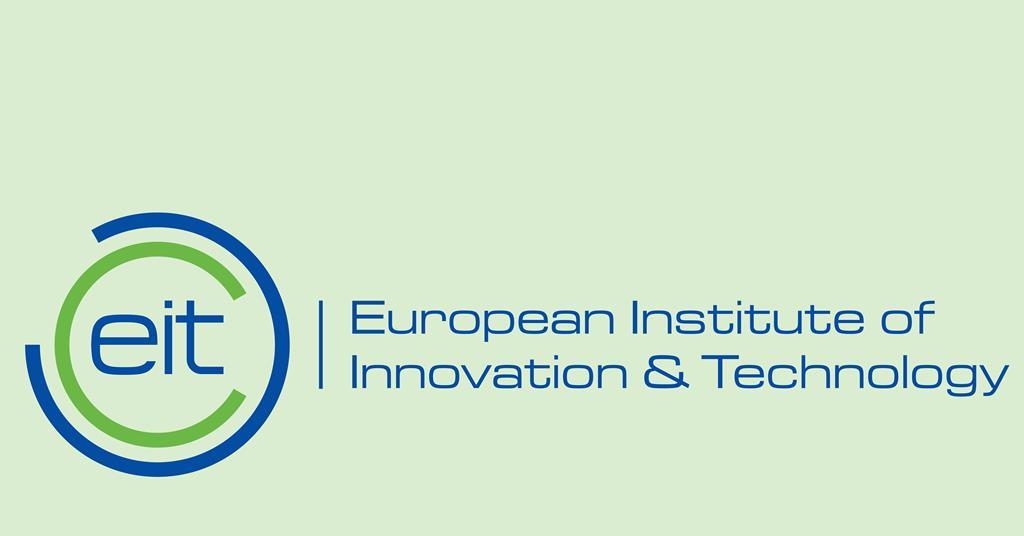Europe’s largest applied research organisation, Fraunhofer-Gesellschaft, has added its voice to calls to axe the European Institute of Innovation and Technology (EIT). In a damming paper, the Fraunhofer, which has been involved in seven of the Knowledge and Innovation Communities (KICs) set up by the EIT, says it ‘fails to provide added value’ to Europe’s industrial competitiveness. The KICs are Europe-wide networks of higher education, research centres, companies and investors that tackle challenges from clean energy to food systems.
The Fraunhofer has criticised the EIT and its KICs as ‘overly complex, costly and non-transparent’. One of the paper’s authors, Verena Fennemann, an environmental engineer who heads Fraunhofer’s Brussels office, describes a ‘huge administrative load, both in the governance structures and regulatory framework’. Additionally, an emphasis on profits in the later stages of a KIC can make it especially difficult for universities and research organisations, which may have to withdraw as Fraunhofer has done in some cases.
This concern is echoed by the League of European Research Universities, who say that EIT processes should be consistent and simplified and that non-profit organisations shouldn’t have to pay membership fees. But Fennemann stresses ‘we are not asking to remove the KICs immediately. This is about the new framework programme. We will still be partners in our KICs.’
Indeed, the focus on the EIT, which was set up in 2008, comes as Europe starts to turn its attention to a successor to the Horizon Europe research programme, the 10th Framework Programme due to start in 2028. The Fraunhofer is amongst a swathe of research bodies now urging the European Commission to double funding to €200 billion (£170 billion).
Its remarks echo the calls of the governments of Latvia and Denmark who’ve already suggested the EIT’s innovation activities should be merged with the European Innovation Council, and its education activities brought under Erasmus+, the commission’s education and training programme.
The Fraunhofer suggests that the EIC itself also needs to evolve to become ‘a truly compelling innovation support structure and technology-push mechanism for Europe’, to help overcome the bloc’s weakness in translating research into commercial products. ‘We do have great results in our Framework Programme,’ says Fennemann, ‘but we leave them and we say “try to raise funds from your own national institutions” and often they just enter the valley of death.’ Instead, the EIC’s existing transition programme could be strengthened to help push those projects further towards commercialisation.
In its defence, an EIT spokesperson says that at a time of shrinking public funding ‘we create a system that’s able to finance itself as it leverages private and public funding, and no other public body does that in the world’. Start-ups under its purview have raised €9.5 billion, compared with an EIT budget of €3 billion over seven years, and are collectively worth €71 billion. The KICs themselves, which were always intended to become financially self-sustaining, have raised over €200 million. However, Fennemann notes that in doing so, some become competitors in other funding programmes.
But the EIT insists that the KICs’ investment record ‘really shows you that people are willing to pay for their services, people are willing to invest because they see the added value, which goes completely against [the] Fraunhofer position saying that there’s no added value to it’.
The spokesperson adds that when start-ups are trying to commercialise a product they have a whole chain from investors to manufacturers, available through the KICs. Two of its biggest successes have been Swedish battery manufacturer Northvolt and energy storage specialist Skeleton Technologies, which the EIT supported when neither could find private financing. Skeleton has just announced a second factory in Europe.

